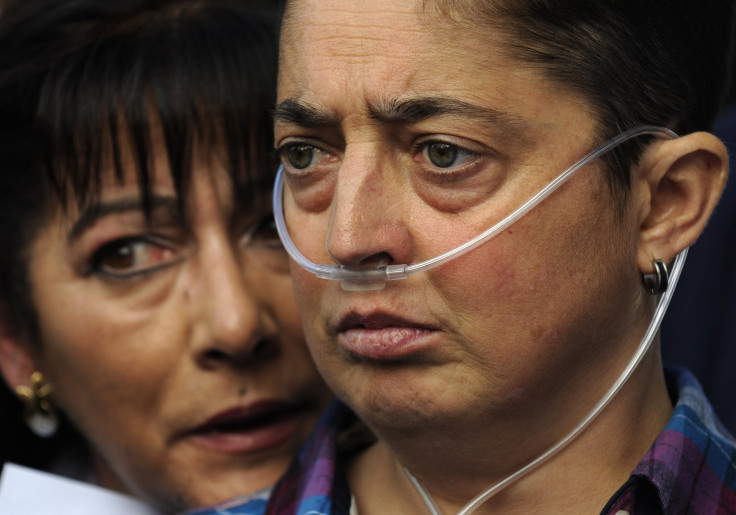Lung Preserved Outside Body For 11 Hours For Double Transplant With Liver; A First In Medical History

A team of transplant specialists at University Hospitals Leuven in Belgium recently performed a world’s first: in executing a double transplant for a patient’s new liver and lungs, the team was required to preserve the donor lungs outside the patient’s body for a full 11 hours. The feat’s timeline sailed past the standard shelf life of a donor lung, which is normally suggested not to remain outside the body for more than 10 hours.
The patient suffered from chronic lung failure, and was due to receive an ordinary lung transplant when suddenly the patient developed acute liver problems and fell into a coma. This made the standard procedure far more complex. Now doctors had to remove the faulty liver and replace it with a new one. In the meantime, however, the lungs had to be removed because a liver transplant requires a working set of lungs.
As the procedure normally takes between six and 12 hours, doctors had to use a bit of ingenuity to ensure the donor lungs remained healthy.
“To keep the donor lungs in good shape long enough after removal from the donor and prior to transplantation," Dr. Dirk Van Raemdonck, who helped perform the surgery, told KU Leuven, “our medical team used a new preservation technique.”
Normally, organs that are waiting in the wings get put on ice. Lungs typically last six hours with that treatment, according to the University of Michigan Transplant Center.
The new technique enlisted the help of OCS LUNG, a perfusion-based machine that supplies the quarantined lungs with a continual, refreshing supply of oxygen. Perfusion refers to the process of blood replenishing a capillary. It’s what an EMT looks for when she checks a person’s vital signs by pinching his or her skin and seeing how long it takes to go from white to pink.
"The machine enabled us to keep the lungs outside the body for more than eleven hours with no negative effects,” said Van Raemdonck. The incubation constituted “the longest period ever reported — a world first."
In addition to preserving the organ, the machine can produce an analysis of lung quality and work overtime in preparation for an impending transplant. It has the capacity to keep the lung (and heart, if the surgery calls for it) at a near physiologic state — meaning it functions as if it had already been successfully transplanted.
While the machine is now commercially available in Europe and Australia, clinical trials in the U.S. are expected to start soon. According to KU Leuven, the technique isn’t being reimbursed by insurance providers and is only being used in special cases. Funding for OCS LUNG was provided entirely by University Hospitals Leuven and the machine’s manufacturers.
Published by Medicaldaily.com



























